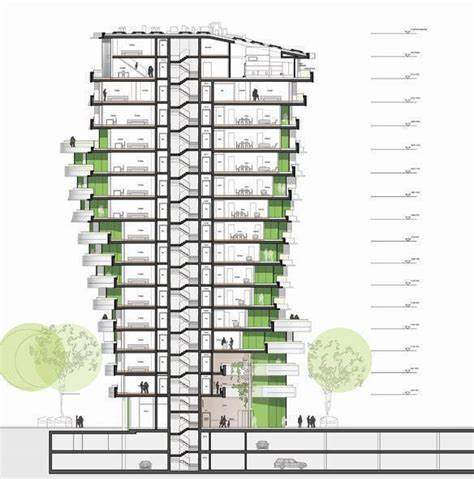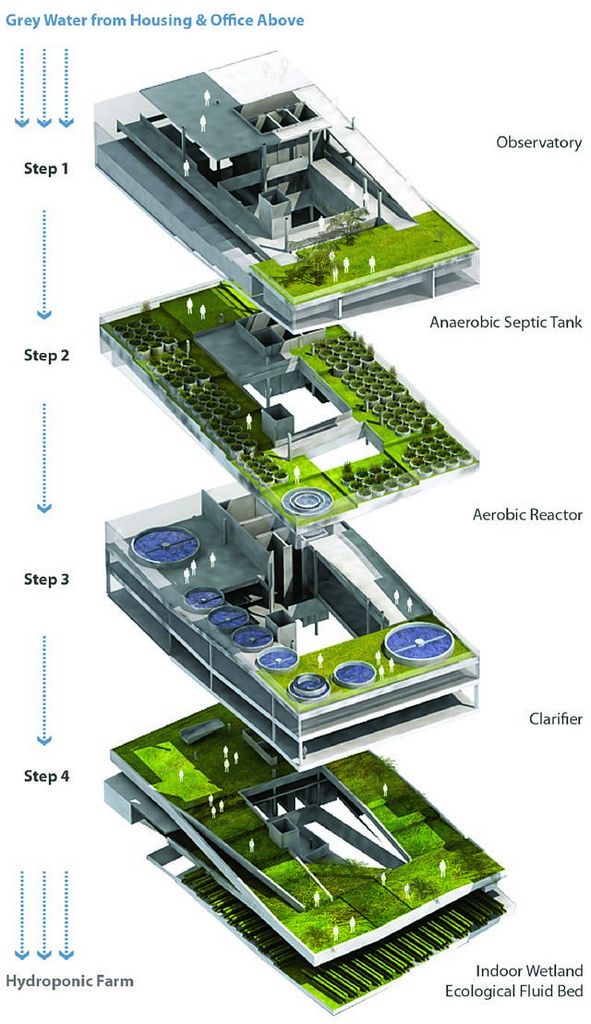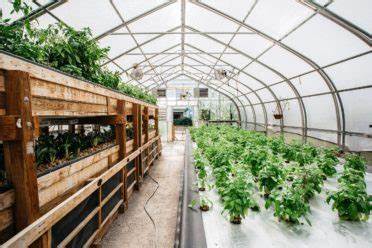
Vertical Farming: Revolutionizing Sustainable Agriculture for Greener, Healthier Cities
Introduction
Vertical farming has emerged as a cutting-edge solution for creating greener, healthier cities in the face of rapid urbanization and environmental challenges. This innovative agricultural practice utilizes vertical space to cultivate crops indoors, without the need for traditional soil-based farming methods. In this article, we will explore the significance of vertical farming in terms of sustainable agriculture and urban development.
Historical Background
The concept of vertical farming can be traced back to the early 20th century, with the work of botanist and inventor, George Washington Carver. However, it was not until the 1990s that the modern concept of vertical farming gained momentum. The landmark book by Dickson Despommier, popularized the idea and fueled further research and development in this field.
Key Concepts and Definitions
To fully understand vertical farming, it is essential to define key terms and concepts associated with this practice. Hydroponics, for example, refers to the method of growing plants in nutrient-rich water instead of soil. Aeroponics, on the other hand, involves suspending plant roots in a mist of nutrient solution. Controlled environment agriculture (CEA) refers to the practice of manipulating environmental factors such as temperature, humidity, and lighting to optimize plant growth in indoor settings. While these concepts offer numerous benefits, they also pose challenges regarding resource management and control.
Advantages of Vertical Farming
Vertical farming offers a multitude of advantages that make it an attractive solution for sustainable agriculture. Firstly, it allows for increased food production by utilizing vertical space and maximizing crop yields per square foot. This is particularly beneficial in densely populated urban areas with limited available land. Additionally, vertical farming significantly reduces land and water usage compared to traditional farming methods, making it a more environmentally friendly option.
Furthermore, vertical farming enables year-round cultivation, regardless of climate or season. By creating ideal growing conditions indoors, crops can be harvested consistently, contributing to food security and reducing reliance on external food sources. Moreover, vertical farming mitigates the impact of climate change by reducing the carbon footprint associated with long-distance transportation of produce.

Vertical Farming Technologies and Techniques
The success of vertical farming heavily relies on advanced technologies and innovative techniques. Vertical stacking, for instance, utilizes tiered growing systems to maximize space utilization while ensuring optimal exposure to light and nutrients. LED lighting plays a crucial role in providing the necessary spectrum and intensity for plant growth, while also promoting energy efficiency. Automation is another key feature of vertical farming, as it allows for precise control over environmental factors, reduces labor costs, and enhances overall crop management.
Integration with Urban Infrastructure
One of the most intriguing aspects of vertical farming is its potential integration with urban infrastructure. Vertical farms can be incorporated into existing skyscrapers or repurposed underutilized spaces, transforming them into sources of fresh produce. This integration not only optimizes land usage but also brings food production closer to the consumers, reducing transportation costs and carbon emissions. However, challenges such as retrofitting buildings and ensuring adequate access to natural light need to be addressed for successful implementation.

Case Studies or Examples
Real-world examples of successful vertical farming projects can provide valuable insights into the feasibility and impact of this agricultural practice. From the Plantagon in Sweden, the world’s first vertical greenhouse, to the Sky Greens vertical farm in Singapore, these case studies demonstrate the potential of vertical farming in various contexts. These projects have not only achieved impressive yields but have also contributed to local food security and sustainability goals.
Current Trends or Developments
The field of vertical farming is constantly evolving, with ongoing research and technological advancements. Emerging trends include the utilization of vertical farms for medicinal plants and herbs, as well as the exploration of alternative energy sources to power indoor agricultural systems. Innovative designs, such as vertical farms integrated into transportation hubs or urban rooftops, are also gaining traction. These developments hold promise for further enhancing the efficiency and scalability of vertical farming.
Challenges or Controversies
While vertical farming offers numerous benefits, it is not without its challenges and controversies. High initial costs and energy consumption are often cited as major hurdles for widespread adoption. Additionally, scalability remains a concern, as vertical farms need to prove their ability to meet the demands of a growing population. Some critics also question the overall sustainability of vertical farming, arguing that the environmental footprint of indoor agriculture may outweigh its benefits.

Future Outlook
Despite the challenges, the future of vertical farming looks promising. As technology continues to advance and costs decrease, vertical farming is expected to become more integrated into urban planning and food systems. It has the potential to revolutionize the way cities produce and consume food, while also addressing pressing issues such as food security and sustainability.
Conclusion
Vertical farming represents a transformative approach to sustainable agriculture and urban development. By utilizing vertical space, advanced technologies, and innovative techniques, vertical farming offers increased food production, reduced resource usage, and year-round cultivation. Integration with urban infrastructure and ongoing developments in the field further enhance its potential. As we move towards a greener, healthier future, vertical farming emerges as a vital solution to address the challenges of food security and sustainability in cities.
References
Despommier, D. (2011). The Vertical Farm: Feeding the World in the 21st Century.
Sanyé-Mengual, E., Orsini, F., & Montero, J.I. (2020). Vertical Farming: A Sustainable Solution for Urban Agriculture. Sustainability, 12(10), 4223.




